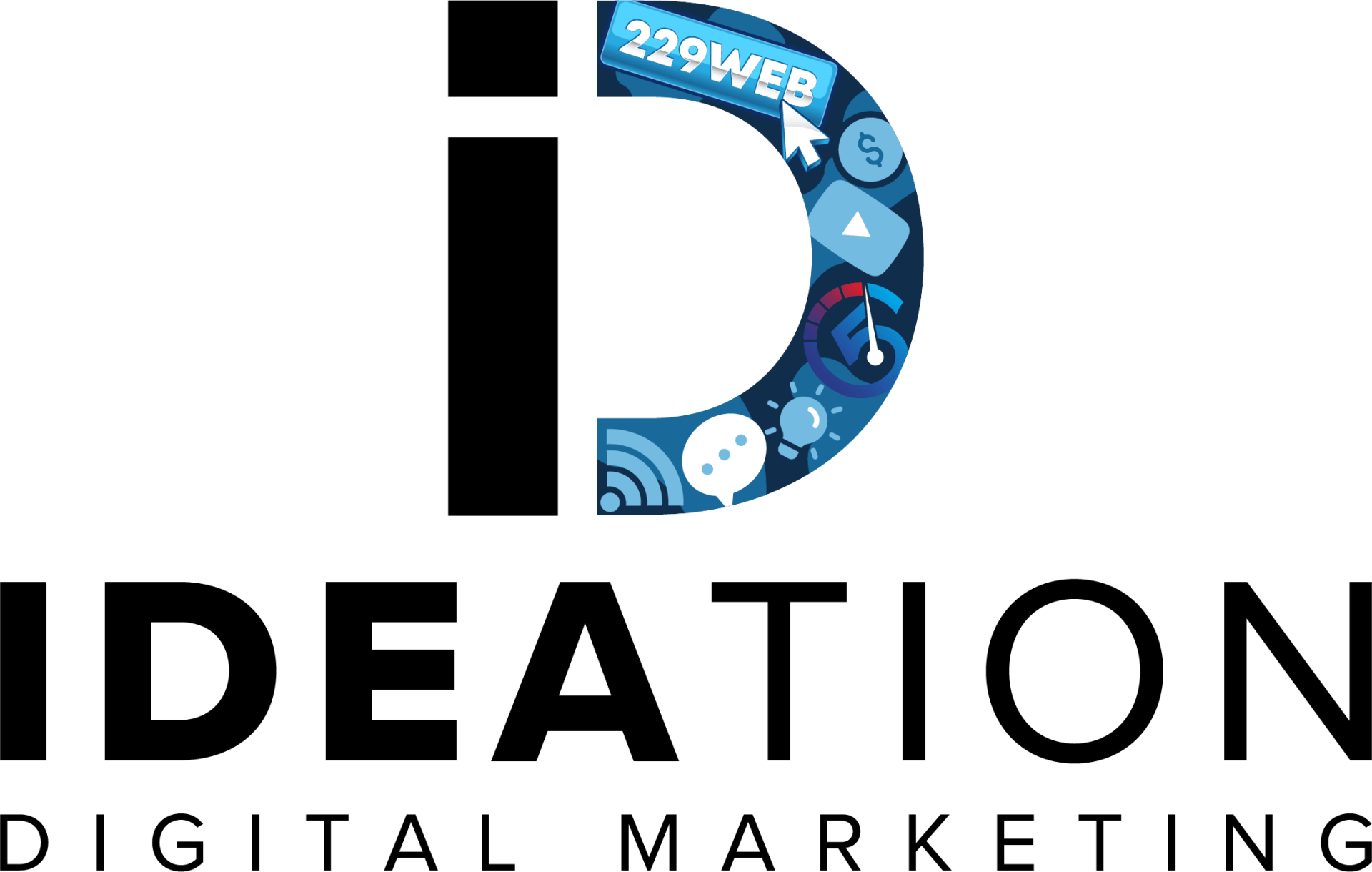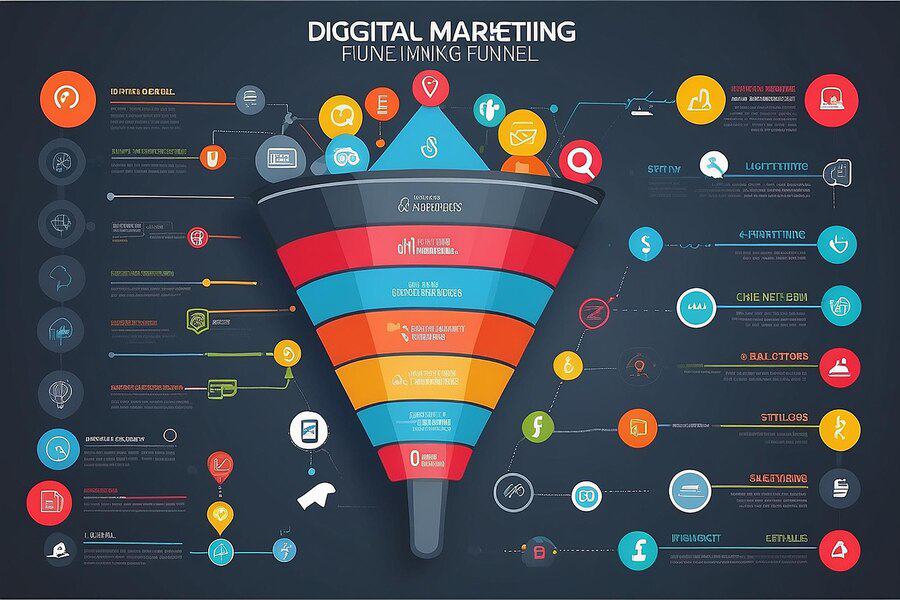222 Capitol Street, Suite 522
Charleston, WV 25301

Data Analytics Essentials for Beginners
In today's data-driven world, understanding the fundamentals of data analytics is more crucial than ever, whether you're a seasoned professional or just starting out. "Data Analytics Essentials for Beginners" aims to demystify this complex field, providing a clear pathway into the realm of data insights. Data analytics involves the systematic computational analysis of data sets to uncover meaningful patterns, trends, and correlations. By harnessing powerful tools and techniques, beginners can learn how to transform raw data into valuable insights that drive informed decision-making across industries. This blog series will cover essential topics such as data collection methods, basic statistical concepts, and popular analytics tools like Python, R, and Excel. Whether you're curious about data science careers or simply eager to enhance your analytical skills, diving into the essentials of data analytics is an empowering first step towards leveraging the full potential of data in today's digital age.
Introduction to Data Analytics
In today's data-driven world, the ability to interpret and derive meaningful insights from vast amounts of data is crucial for businesses, organizations, and individuals alike. Data analytics refers to the process of examining data sets to draw conclusions about the information they contain. This process involves various techniques and tools designed to uncover patterns, correlations, trends, and other useful insights.
What is Data Analytics
Data analytics encompasses a range of approaches and methodologies used to analyze raw data. It involves cleaning and transforming data into a structured format that can be easily analyzed. This structured data is then examined using statistical models, algorithms, and other analytical techniques to extract meaningful insights.
Importance of Data Analytics
Data analytics helps organizations make informed decisions, identify market trends, predict outcomes, and optimize processes. It plays a crucial role in shaping business strategies, improving operational efficiency, and gaining a competitive edge in the market.
Key Components of Data Analytics
Data Collection: Gathering data from various sources, including databases, IoT devices, social media platforms, and more. Data Cleaning and Preparation: Ensuring data quality by removing errors, handling missing values, and formatting data for analysis. Data Analysis: Applying statistical and mathematical techniques to explore and interpret data. Data Visualization: Presenting insights in a visual format, such as charts, graphs, and dashboards, to facilitate understanding and decision-making.
Types of Data Analytics
Descriptive Analytics: Analyzing historical data to understand what happened. Diagnostic Analytics: Examining data to understand why certain events occurred. Predictive Analytics: Forecasting future trends and outcomes based on historical data. Prescriptive Analytics: Recommending actions to achieve desired outcomes.
Applications of Data Analytics
Business Intelligence: Enhancing business operations, optimizing marketing strategies, and improving customer experiences. Healthcare: Predicting disease outbreaks, personalized medicine, and optimizing hospital operations. Finance: Detecting fraud, managing risk, and making investment decisions. Manufacturing: Optimizing production processes, predicting maintenance needs, and improving product quality.

Big Data and its Role in Data Analytics
In recent years, the term "Big Data" has become increasingly prevalent, reflecting the exponential growth and availability of data across various domains. Big Data refers to large and complex data sets that exceed the capabilities of traditional data processing applications. The analysis of Big Data involves advanced techniques and technologies to uncover patterns, trends, and associations that provide valuable insights for decision-making and strategic planning.
What is Big Data
Big Data is characterized by its volume, velocity, variety, and veracity (the 4 Vs). These data sets are typically massive in size, generated rapidly from diverse sources such as sensors, social media, transaction records, and more. Traditional data processing tools are often inadequate to handle such large volumes and varied formats of data.
Importance of Big Data in Data Analytics
Big Data plays a pivotal role in data analytics by providing a wealth of information that can lead to significant business insights and competitive advantages. It enables organizations to analyze large datasets in real-time or near real-time, uncover hidden patterns, and make informed decisions based on data-driven evidence rather than intuition or anecdotal evidence.
Challenges and Considerations
Storage and Processing: Storing and processing large volumes of data requires scalable infrastructure and distributed computing frameworks like Hadoop, Spark, and NoSQL databases. Data Integration: Integrating and harmonizing data from disparate sources while ensuring data quality and consistency. Privacy and Security: Protecting sensitive information and complying with regulations such as GDPR and CCPA.
Role of Big Data in Data Analytics
Enhanced Decision-Making: Big Data analytics enables organizations to make data-driven decisions by analyzing large datasets to identify trends, patterns, and correlations. Predictive Analytics: Leveraging historical and real-time data to forecast future trends and outcomes with greater accuracy. Personalization: Customizing user experiences and marketing strategies based on individual preferences and behavior patterns captured from Big Data analytics.
Technologies and Tools for Big Data Analytics
Distributed Computing: Hadoop, Spark, and MapReduce for processing and analyzing large datasets across clusters of computers. NoSQL Databases: MongoDB, Cassandra, and HBase for storing and managing unstructured or semi-structured data. Data Lakes and Warehouses: AWS S3, Google BigQuery, and Azure Data Lake for storing and querying large volumes of structured and unstructured data.
Statistical Analysis for Data Analytics
Statistical analysis is the backbone of data analytics, providing the tools to interpret and make sense of data. It involves applying mathematical formulas, models, and techniques to describe and analyze patterns within data. Statistical analysis helps businesses and researchers make informed decisions and predictions based on data-driven insights.
- Descriptive Statistics: Summarize and describe data through measures like mean, median, mode, and standard deviation.
- Inferential Statistics: Draw conclusions and make predictions about a population based on sample data using techniques like hypothesis testing and regression analysis.
- Correlation and Causation: Understand relationships between variables and distinguish correlation (association) from causation (cause-effect relationships).
- Probability Distributions: Understand common distributions like normal, binomial, and Poisson distributions, which underpin many statistical analyses.
Conclusion
Mastering the essentials of data analytics is not just a skill but a strategic advantage for any modern business. By understanding the fundamentals of data collection, analysis, and interpretation, beginners can leverage insights to drive informed decisions and achieve measurable outcomes. Whether you're looking to optimize marketing campaigns, improve operational efficiencies, or enhance customer experiences, a solid grasp of data analytics empowers you to navigate the complexities of today's digital landscape with confidence.
Contact Us: Ready to embark on your journey into the world of data analytics? At Ideation Digital Marketing in Charleston, WV, we're committed to helping businesses unlock their full potential through data-driven strategies. For personalized guidance or inquiries about our services, give us a call at (304) 814-2445. Let's collaborate to turn data into actionable insights and propel your business towards sustainable growth.

Main Office
222 Capitol Street, Suite 522
Charleston, WV 25301
other offices
48 1/2 Second Ave, Williamson, WV 25661
20 Clinch Mountain Ave, Lebanon, VA 24266,
Contact
DIGITAL MARKETING SERVICES
All Rights Reserved | Ideation Digital
Private Policy
All Rights Reserved | Ideation Digital











